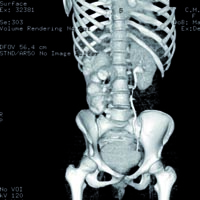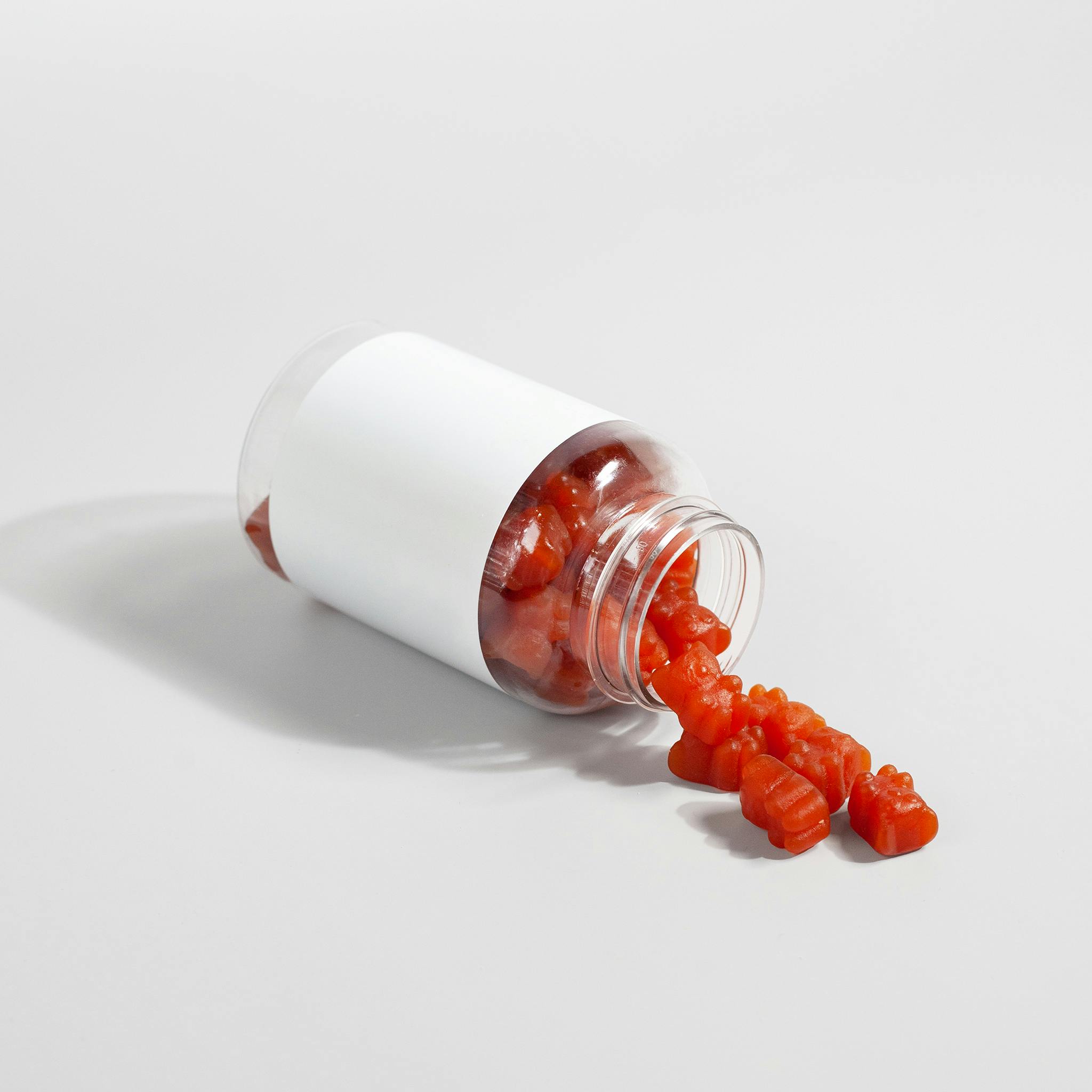Staghorn stone in megapolycalicosis in a child: Still the case for open surgery? Case report

All claims expressed in this article are solely those of the authors and do not necessarily represent those of their affiliated organizations, or those of the publisher, the editors and the reviewers. Any product that may be evaluated in this article or claim that may be made by its manufacturer is not guaranteed or endorsed by the publisher.
Authors
We here report a rare case of congenital megapolycalicosis in a 14-year-old girl complicated by a 24-mm staghorn stone and numerous calculi at the level of all caliceal groups that had become symptomatic in recent weeks with malaise, hematuria, and urinary tract infection. Among the various therapeutic options, we opted for open surgery. The staghorn stone was removed by pyelotomy, and washout of the caliceal cavities released numerous microcalculi of 1.5−9 mm in size that were then removed. To our knowledge, this is the first case of pediatric megacapolycalicosis complicated by staghorn stone, which presents complex problems for the diagnosis and therapy.
How to Cite

This work is licensed under a Creative Commons Attribution-NonCommercial 4.0 International License.
PAGEPress has chosen to apply the Creative Commons Attribution NonCommercial 4.0 International License (CC BY-NC 4.0) to all manuscripts to be published.









